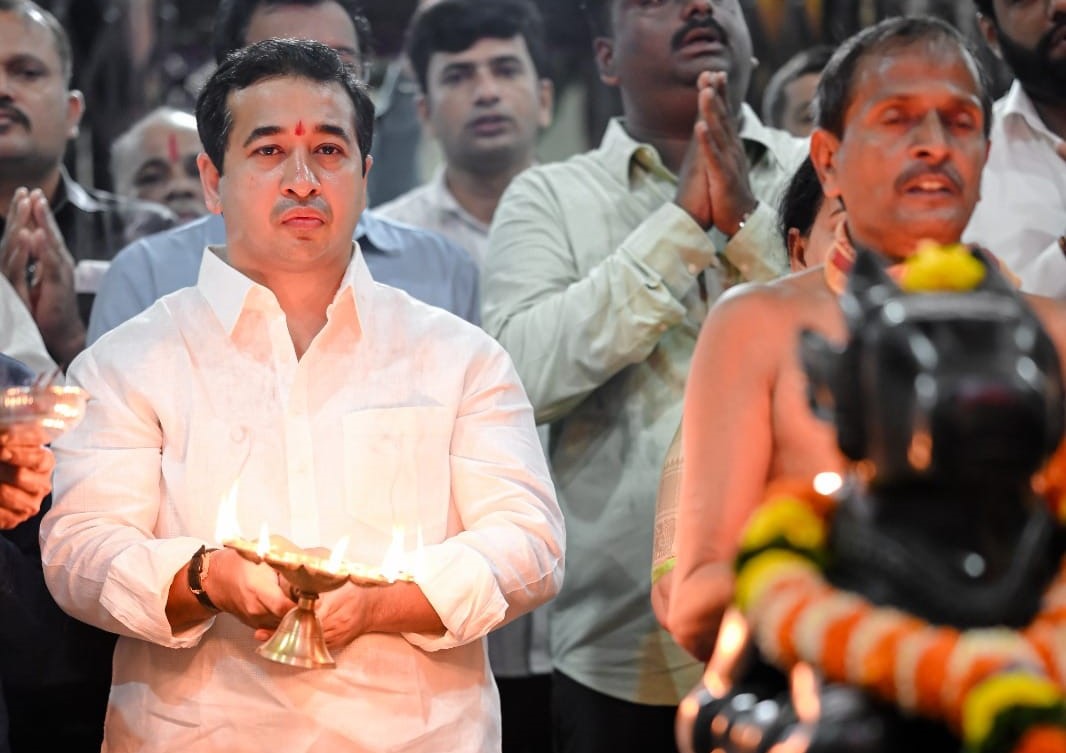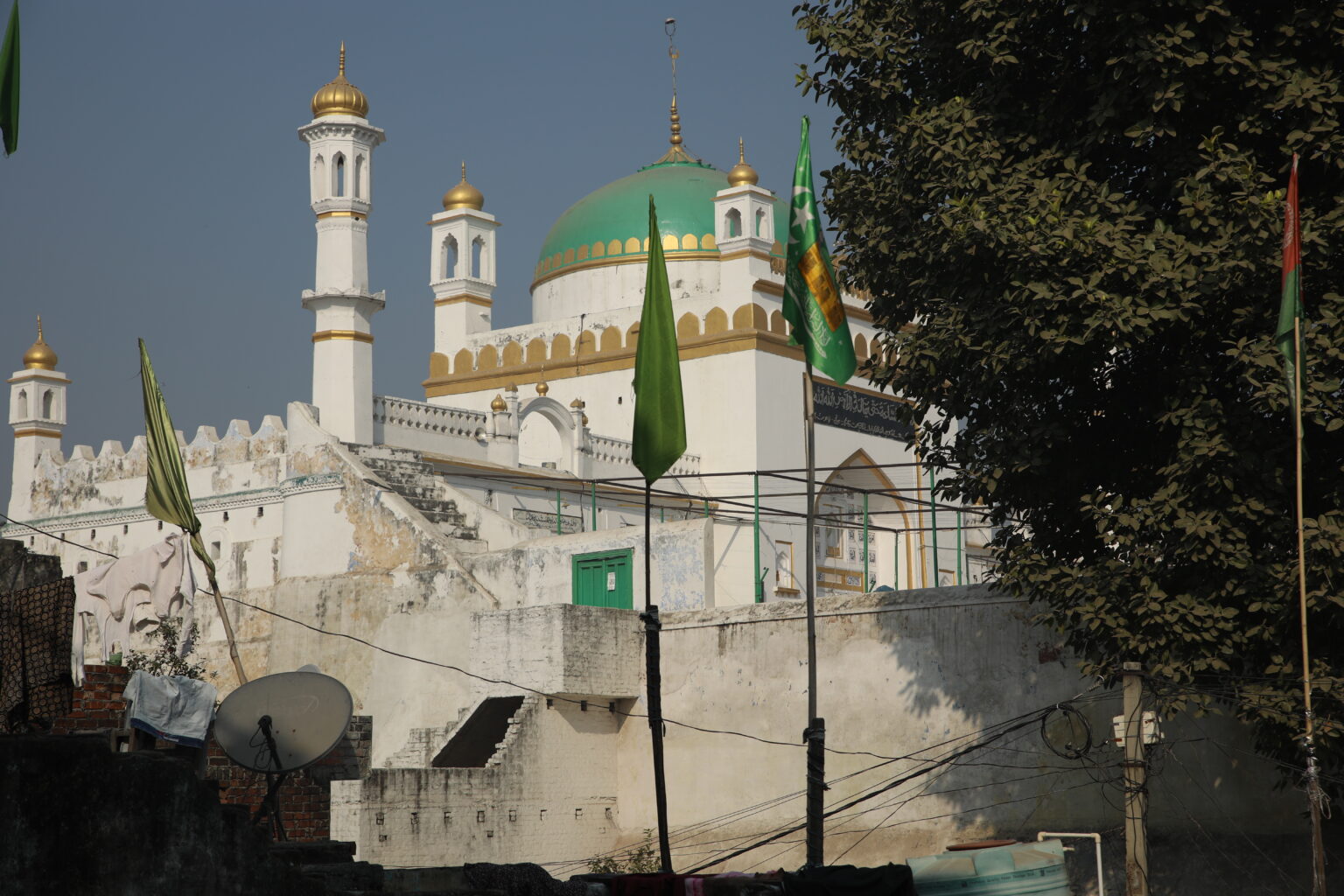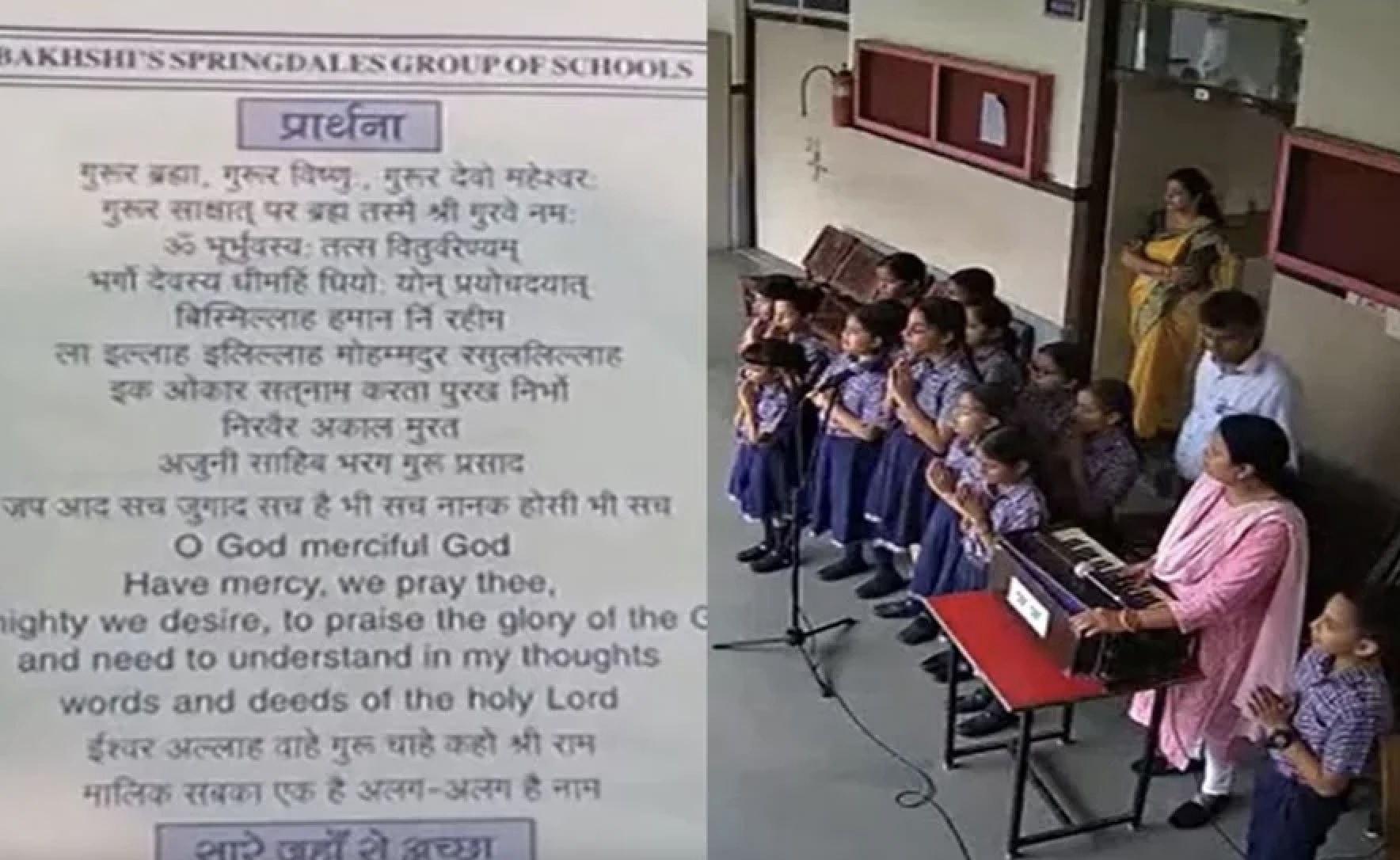
Yati Narsinghanand had a stark warning for India’s one billion Hindus: produce more children or prepare to live in an Islamic state.
“The way their [Muslims’] population is increasing, there will be a Muslim prime minister in 2029,” declared the extremist priest at a religious conclave last month, out on bail after being arrested earlier this year on hate speech charges. “Once that happens, 50% [of] Hindus will have to undergo religious conversion, and 40% will be killed.”
Earlier this month, data from a government survey called out his blatant lie. Even though only 14% of the country follows Islam, Narsinghanand’s call repeats a line that Hindu supremacists have used for generations to incite anxiety about the prospect of a Muslim-majority India in a nation that is 80% Hindu. The one myth that is frequently cited: a significantly higher fertility rate among Muslims compared to other communities in India.
Now, as the recent mass shooting in Buffalo, New York, sparks fresh scrutiny of the American far-right’s ‘great replacement theory,’ new data has punctured India’s own version – where Hindus are allegedly victims of a dramatic Muslim demographic rise.
The latest National Family Health Survey shows that the Muslim fertility rate dropped the most among all communities between 2015-16 and 2019-20, and now stands at 2.36, almost half of the figure – 4.4 – from three decades ago. While that is still the highest among all religions in India, the gap between it and the Hindu fertility rate – 1.94 – is shrinking. The latest statistics corroborate findings from the Pew Research Center last September, based on older data.
“It’s clear as daylight: the idea that Muslims are going to become India’s biggest community is a total hoax,” says former Indian chief election commissioner SY Quraishi, whose 2021 book, The Population Myth, challenges this notion.
Narsinghanand’s comments in April also alluded to a second scare that is a part of the Hindu nationalist toolkit, say critics: that forced religious conversions are depleting the community’s population. Stephanie Kramer, a religious demographer who led the Pew study last year, proved that as many people convert to Hinduism as the number that leave the faith. According to the Pew study, 0.7% of Indians who were born Hindu currently identify by a different religion, while 0.8% were raised in another religion but now identify as Hindu, she says.
It’s the same for Indian Muslims – except that they are shedding numbers another way. “Muslims are losing as many people as they gain through conversion, and more Muslims leave India than immigrate,” Kramer says.
Fearmongering over the supposed threat to a Hindu majority in India has increased over the past eight years, says Quraishi. That period coincides with the rule of prime minister Narendra Modi and his Hindu nationalist Bharatiya Janata party (BJP). On the same day as Narsinghanand spoke out, Sadhvi Rithambara, a firebrand leader of the BJP-affiliate Vishwa Hindu Parishad (VHP), asked Hindu couples to produce four children.
If the “great replacement theory” has been amplified by members of congress and prominent media personalities in the US, members of parliament and television channels in India have mainstreamed the lie of a demographic threat to Hindus.
While Modi nowadays rarely associates directly with such controversial comments, he has stoked the fears of a Muslim population explosion in the past. In 2002, after anti-Muslim riots in the state of Gujarat where he was then the chief minister, Modi mocked relief camps as baby-producing factories. “Hum paanch, humare pachees” (“We five, our 25”),” he said, in a reference to India’s family planning slogan: “Hum do, humare do” (We two, our two).”
The Modi government has often been dismissive of uncomfortable data from foreign researchers or international organisations. It has refused to accept World Health Organization estimates that more than 4 million Indians, or eight times the official number, died of Covid-19. That approach might be harder to pursue when the data comes from the government itself, as in the case with the new statistics on fertility rates, say experts.
Asked about the new numbers, Alok Kumar, international president of the VHP, was more circumspect than his colleague, Rithambara. “Instead of looking at just the gap in fertility rates, we should also look at the absolute number – which is high for Muslims,” he says. “That’s something for Muslims to ponder.”
In reality, “the usage of modern contraceptives among Muslims has increased dramatically” from 22% in 1992-93 to nearly 66% in 2019-20, said Margubur Rahaman, a researcher at the Mumbai-based International Institute for Population Studies, which led the Indian government’s recent survey.
Despite the clear facts, Quraishi remains skeptical that the Hindu far-right will drop its extremist narrative. “As long as there’s institutional support for this theory, it won’t go,” he says. But that doesn’t change our responsibility: we’ve still got to counter lies with facts.”
This article first appeared on theguardian.com






